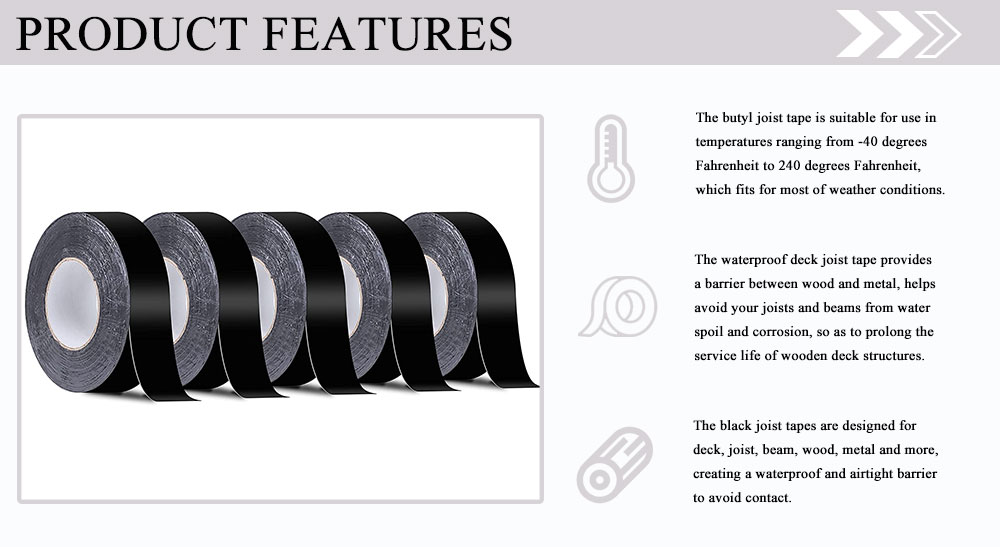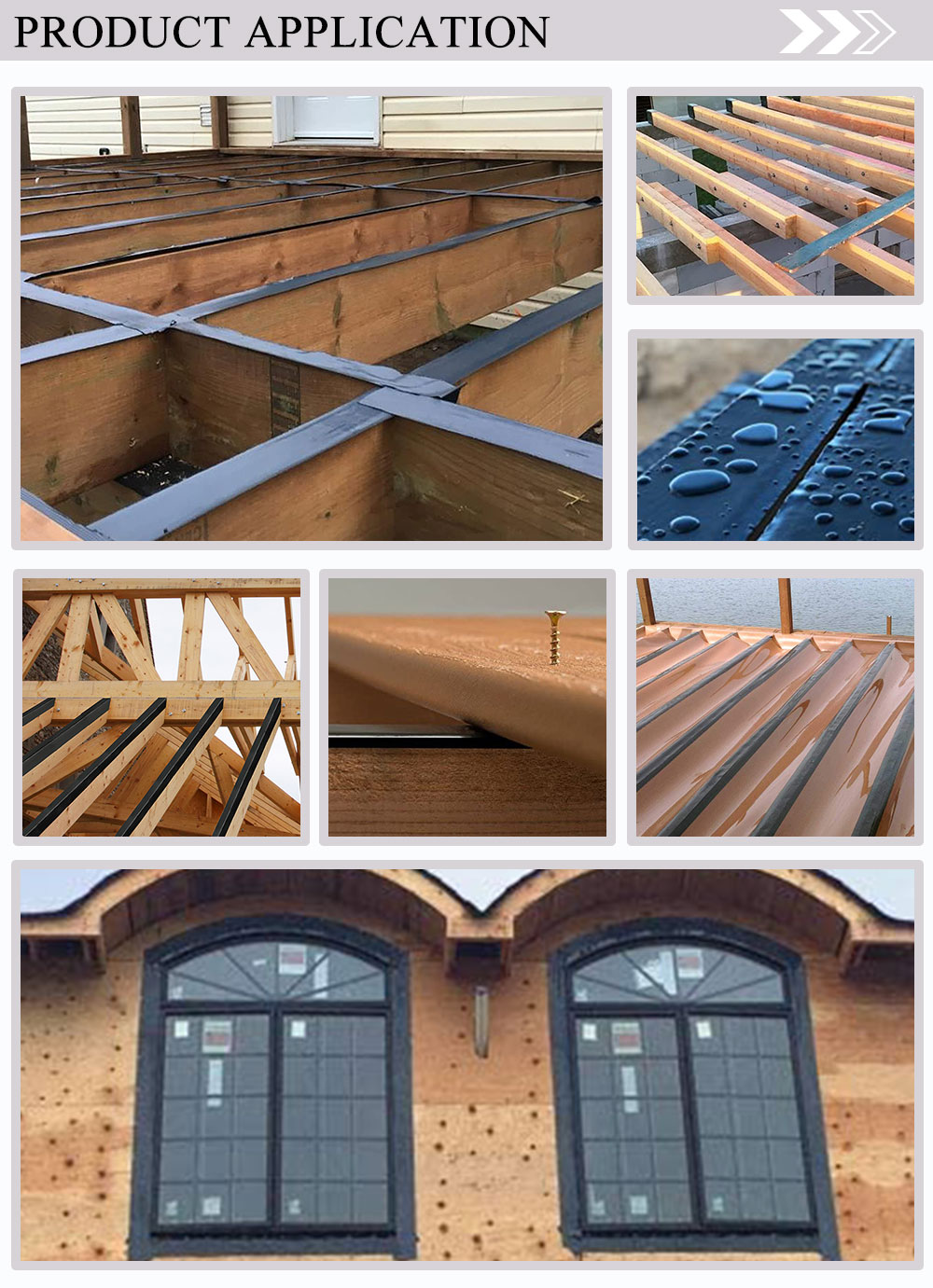ask: What are the types of soil nutrients in pineapple? Soil nutrients can generally be divided into 5 types. 1. Water-soluble nutrients: refers to the nutrients that can be dissolved in water. They exist in the soil solution and are easily absorbed and utilized by crops and are highly effective to crops. Water-soluble nutrients include most inorganic salts and ions, such as K+, NO3-, Ca2+, etc., as well as a small number of organic compounds with simple structure and low mass relative density, such as amino acids. 2. Exchangeable nutrients: refers to the exchangeable ions that are adsorbed on the surface of soil colloidal particles. Such as NH4+, K+, Ca2+, H2PO42- etc. The ions in the soil solution and the ions on the soil colloid can be exchanged and maintain a dynamic balance. The two have no strict boundary and are effective for crops. Therefore, water-soluble nutrients and exchangeable nutrients are collectively called quick-acting nutrients. 3. Slow-acting nutrients: mainly refer to the nutrients that are easily released in certain minerals, such as potassium fixed between layers of clay minerals and potassium in some biotite. This part of the nutrients is less effective for current crops, but it can be used as a source of supply of available nutrients. 4. Insoluble nutrients: nutrients that exist in primary ore and are not easily decomposed and released, such as potassium in orthoclase. They can only be released during long-term weathering before they can be absorbed and utilized by crops. Insoluble nutrients are also called delayed-acting nutrients and are the reserves of crop nutrients. 5. Organic nutrients: refers to the nutrients present in the soil organic matter. According to the difficulty of absorption and utilization of nutrients by plants, it can be simply divided into quick-acting nutrients and late-acting nutrients. Generally speaking, quick-acting nutrients account for only a small part, less than 1% of the total amount. It should be noted that the division of quick-acting nutrients and late-acting nutrients is relative, and the two are always in a dynamic balance. The factors that affect the form of soil nutrients include: weathering conditions of soil minerals, cultivation and management of farming areas, fertilization, irrigation, and artificial guest soil. Disclaimer: Some articles on this website are transferred from the Internet. If the legal rights of a third party are involved, please inform this website for processing. phone
Joist Tape Deck Flashing Tape Butyl Joist Tape for Decking
The Joist Tape is a malleable polyethylene waterproof wood flashing and material, using a rubberized asphalt mastic adhesive. Rot is caused by moisture that stays in contact with treated and untreated lumber deck framing and the above decking material. Wood decay can also occur when deck screws penetrate the deck boards, piercing the joist sub-framing below. The deck joist tape is easily apply to decking joists, around deck support posts and over ledger boards, which creates a waterproof seal that helps stop decay and wood rot.
The joist tape for decking as a barrier, it can reduce moisture damage to crossbeams. The joist butyl tape is used in temperatures range of -20°F to 176°F, it protects and maximizes the life of your new deck and creates a waterproof membrane that prevents wood rot caused by moisture.
Product Name
Material
high-density polyethylene (HDPE)
Adhesive
Pressure Sensitive
PE Film
White, other colors can be customized
Butyl Rubber
white, other colors can be customized
Application
How To Use The Joist Tape for Decking
The joist tape for decking is easy to install just in seconds. Clean the adherend surface, cut the appropriate length as needed, peel off the protected film, and carefully press the tape against target area. Mistakes are easily rectified within the first few minutes of installation.
Joist Tape,Deck Joist Tape,Joist Tape for Decking,Joist Tape for Decks,Butyl Joist Tape Kunshan Jieyudeng Intelligent Technology Co., Ltd. , https://www.yuhuanptapes.com
Butyl Joist Tape
Providing corrosion protection

